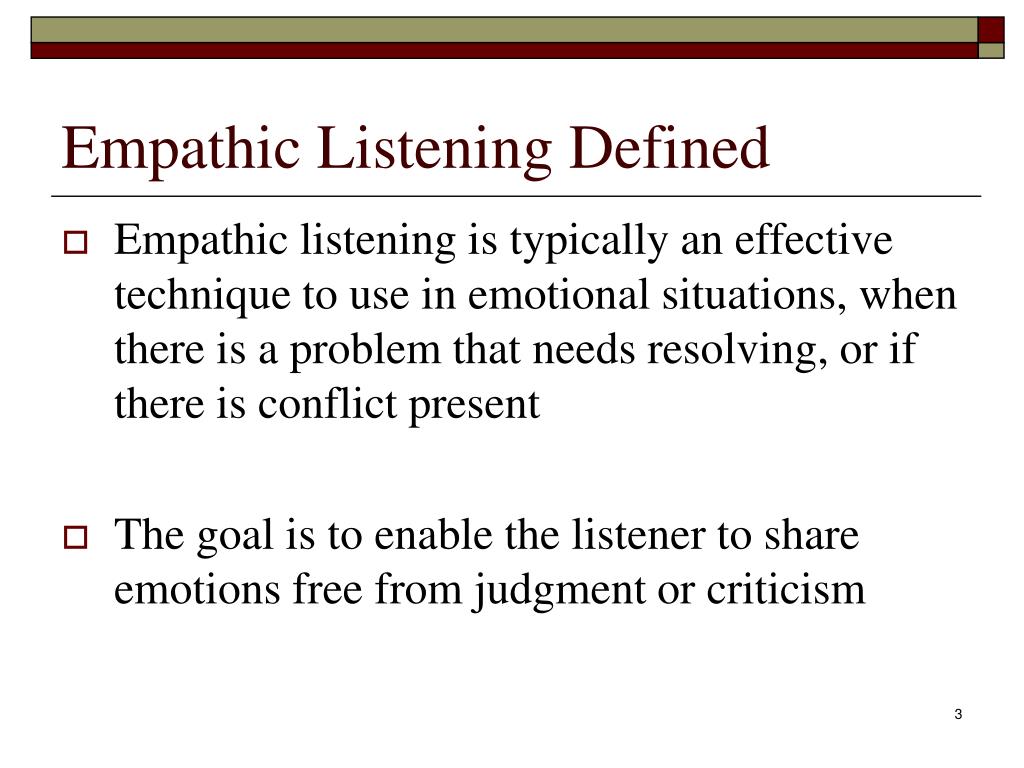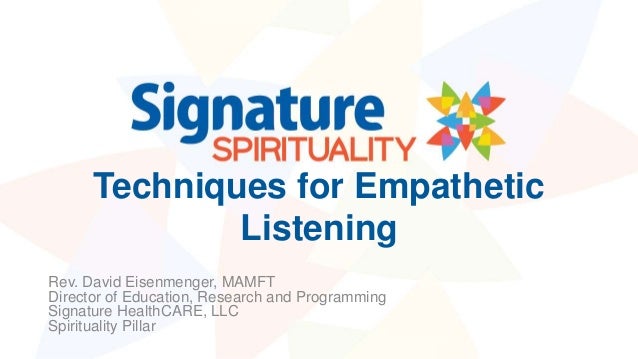

In this paper, we describe the use of experience modeling to create gestural protocols for physiological data transfer. I present a set of design cases that demonstrate its application within HCI. Somatics is exemplified through first-person methodologies and embodied approaches to learning and interacting.

This paper contextualizes the emerging recognition within HCI that there is value in designing for technology as experience, and offers a framework from the field of Somatics that can contribute to the discourse, particularly with regard to the body in everyday life. These emerging trends can be seen as a response to the phenomena of the really, really small: and marks a cognitive and creative shift from the visible to the invisible. This interest is often accompanied by research questions that are continuing to re-balance our understanding of the relationship between subjective and objective knowing, making, and doing. At the same time, an extra-ordinary wealth of literature is emerging within human-computer interaction that is exploring experience, embodiment, subjectivity, and felt-life. Technology is becoming an inseparable aspect of experience, palpable yet invisible. Our physical technology continues to grow smaller and smaller so small that the computer itself is no longer seen as an object but a set of invisible distributed processes. This research exemplifies ‘Research through Art’ applied in the context of experience design for tangible, wearable and social interaction. Case Studies provide evidence in the form of rigorously documented design processes that illustrate these strategies.
#EMPATHETIC LISTENING INSIDE OUT SERIES#
The subsequent application of these strategies is examined through a series of interactive art installations that employ embodied interaction as a central expression of technology. The analysis results in a set of design strategies based in embodied practices within Somatics and Performance. This is examined by comparing theories and practices of embodied experience between HCI and Somatics (Performance) and analyzing influences, values and assumptions underlying epistemological frameworks.

Differing epistemologies and their resulting approaches to experience identify an under-theorized area of research and an opportunity to develop a richer knowledge and practice base. The contributions of Somatics and Performance to the history of embodiment are not yet fully understood within HCI. This is particularly evident in their histories of knowledge construction and representation. Yet, Somatics and Performance differ from normative HCI in their epistemological frameworks of embodiment. The common ground between HCI and the fields of Somatics and Performance is based on the need to understand and model human experience. Along with phenomenology, cognitive science, psychology and the arts, recent interdisciplinary contributions to HCI include the knowledge-rich domains of Somatics and Performance that carry long-standing traditions of embodied practice. The enduring need to interact through experience has spawned a variety of interdisciplinary bridging strategies in the hope of gaining deeper understanding of human experience. Its growing recognition and value is evidenced in part by a remarkable increase in systems design and publication focusing on various aspects of Embodiment. THE VARIETIES OF USER EXPERIENCE: BRIDGING EMBODIED METHODOLOGIES FROM SOMATICS AND PERFORMANCE TO HUMAN COMPUTER INTERACTION ABSTRACT: Embodied Interaction continues to gain significance within the field of Human Computer Interaction (HCI).


 0 kommentar(er)
0 kommentar(er)
